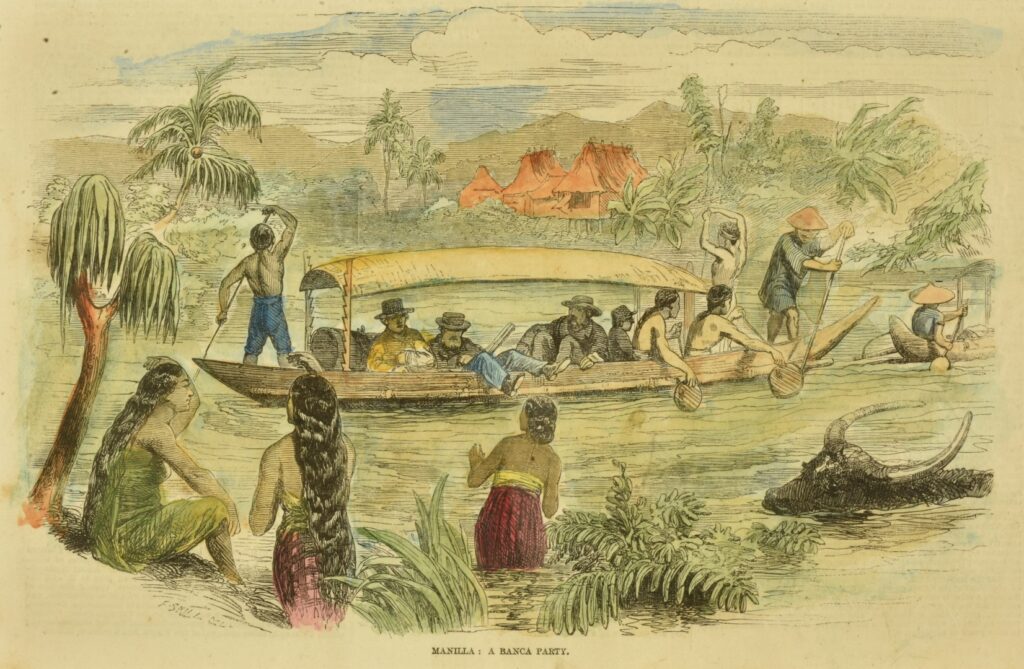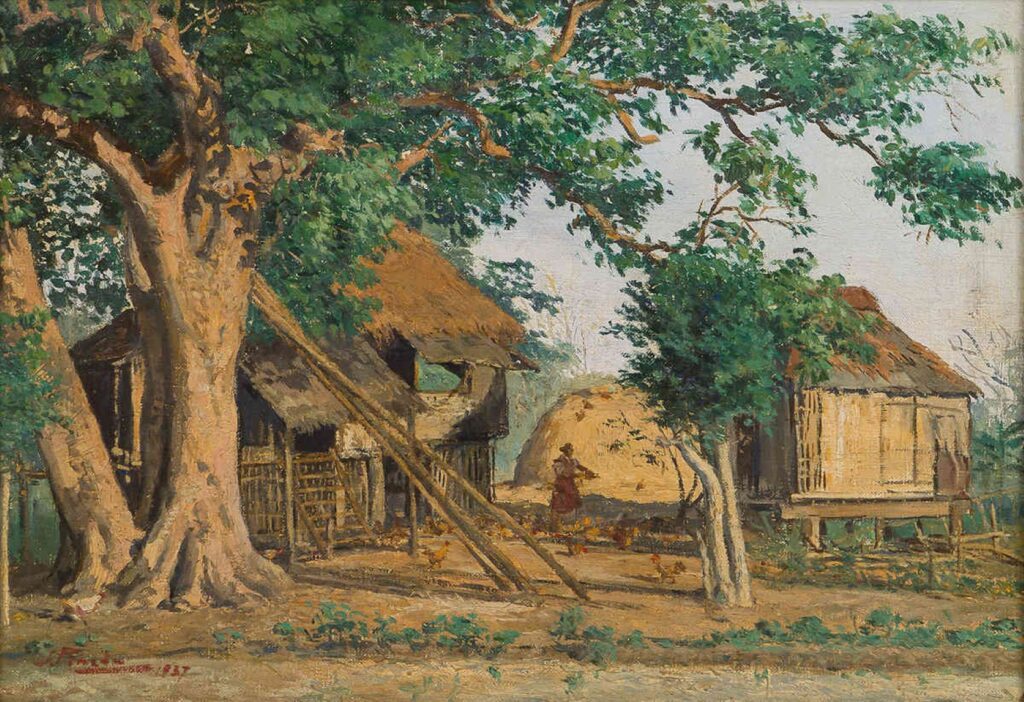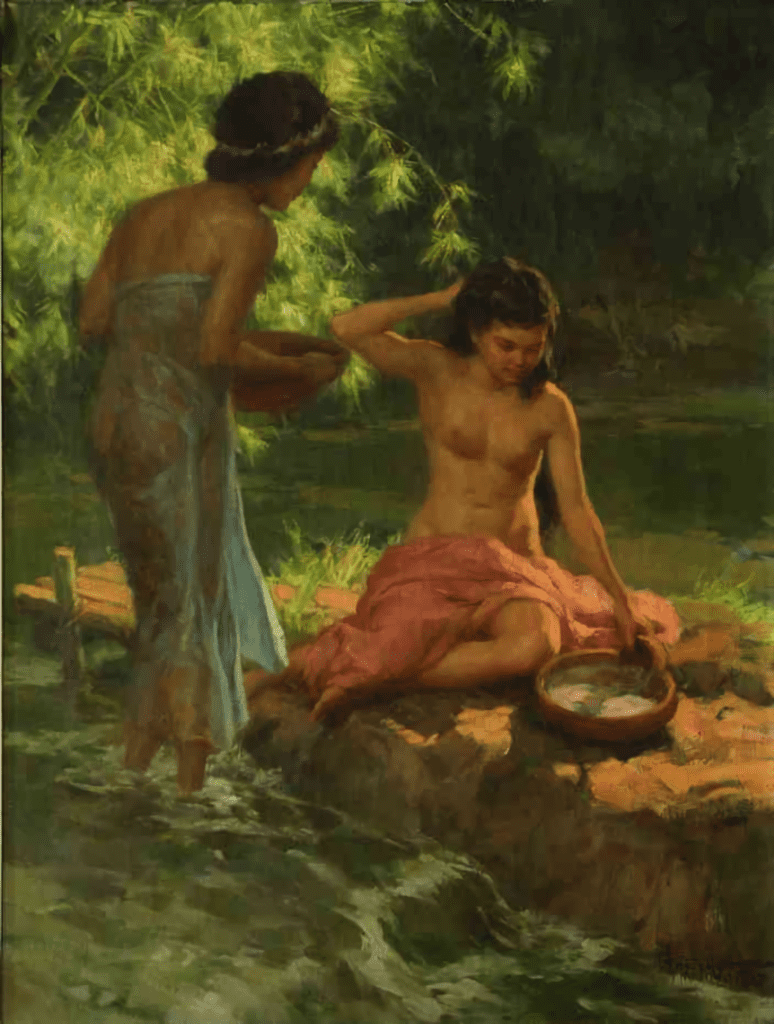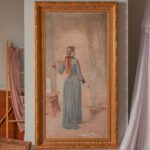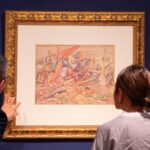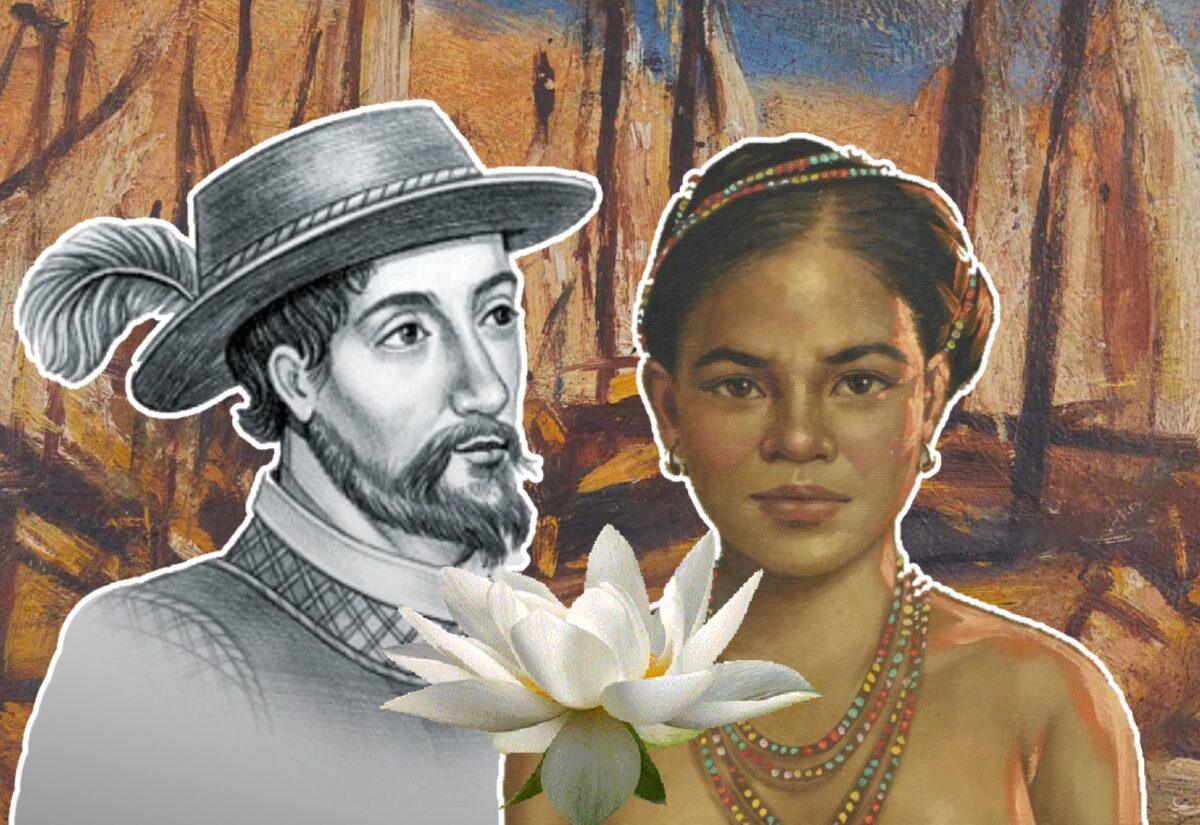
Before the Capulets and the Montagues, there was Salcedo and Kandarapa
- 11 February 2021
Several decades before Shakespeare put pen to paper and wrote of Romeo and Juliet’s tragic romance, the Philippines already had its own tale about star-crossed lovers, Salcedo and Kandarapa— or so the legend says.
Juan de Salcedo grew up following in the footsteps of his maternal grandfather, Miguel Lopez de Legaspi— the infamous Spanish conquistador and first Gobernador General of the Philippines. Two years after his grandfather’s arrival on Philippine shores, Salcedo would follow. He first set his gaze upon the lush landscape of the country— a young man of only 18, full of promise and hope for his future.
Growing up, he had known no other path than that of an explorer. In a way, it was a predestined career for the ambitious Salcedo.
His training began in childhood, already knowing that he would one day have to take his grandfather’s place. Long days were spent learning to navigate the seas and sharpening his skills in combat. Some sources even speak of his formidable reputation— his fellow soldiers, awe-struck by his capabilities, noted that he could excellently wield a sword in battle while cooly leading his troop to victory despite his young age. Needless to say, the trajectory of his life was predictable— humdrum even— until he met Kandarapa.
And so, it begins…
This love affair begins on the banks of a river.
Instructed by his grandfather to form alliances with Rajah Lakandula, the most powerful tribal leader in Tondo at the time, Salcedo set off on foot to reach Lakandula’s palace grounds.
JORGE PINEDA, Untitled (Feeding the Chicken), 1937, Oil on canvas from the Important Philippine Art auction, March 2016
Instead of sprawling grounds with extravagant gardens, it’s far more likely that Rajah Lakandula’s palace was built with bamboo and coconut palms. It would have resembled something much closer to a Bahay Kubo.
Before reaching his destination, Salcedo chanced upon a flowing river where the village maidens were in the middle of their morning bath. When the maidens saw the intimidating young man- fully dressed in battle regalia, they ran away, frightened by his sudden appearance. All but one woman remained. Frozen in fear, Kandarapa, Rajah Lakandula’s niece, stood in place, staring at the imposing albeit handsome figure in front of her. Salcedo, on the other hand, was immensely enthralled by Kandarapa’s beauty. As the story goes, he felt as if time stood still for he was in the presence of a bronzed goddess. Although, Salcedo, being the professional that he was, quickly bade farewell to the fair maiden and returned to his quest– with thoughts of her still lingering in his mind.
Star-crossed lovers
As it turns out, a marriage arrangement was already in place for Kandarapa— she was set to wed the Rajah of Macabebe, who had already been married several times before in keeping with societal customs. Their union was meant to solidify the alliance between the territories of Lakandula and Macabebe— love was certainly not a priority. Though she had already long accepted her fate, her brief encounter left a sting in her heart- for she knew it was Salcedo she wanted to be with.
With his mission complete and a pact with Lakandula cemented, Salcedo expressed his intent to pursue a relationship with the woman of his dreams— despite the vast differences between their cultures, societies, and even their religious backgrounds. He was determined to overcome all these obstacles and bridge the great disconnect– all for his love. Kandarapa was thrilled to learn of her uncle’s support, provided that the two settle matters with the Rajah of Macabebe first.
Before paying a visit to the almost-husband of his beloved, Salcedo first wanted to inform his grandfather of his plans to wed in person. Much to his dismay, Miguel Lopez de Legazpi was apparently appalled by the entire arrangement! He had such grand plans for his favorite grandson– plans that surely did not include his engagement to a local woman— nevermind her royal lineage. To Legazpi, the only royalty that mattered was the one associated with the Spanish crown.
In the hopes of dissuading his young grandson, Legazpi ordered Salcedo to venture into the fringes of the Philippines— urgent disputes had to be settled in the far-away islands of the archipelago, Legazpi claimed. The ever-obedient Salcedo had no choice but to follow the command given by Legazpi— after all, Legazpi was still his superior. His Kandarapa would be left alone in Tondo.
Before parting ways, Kandarapa placed lotus blossoms in the hands of her true love— a symbol of her pure and undying faithfulness to Salcedo. After an embrace they had wished could last for eternity, the two went on their separate paths, never to meet again.
Salcedo and Kandarapa may not have ended up as man and wife, but their undying love story, an early example of a touching cross-cultural encounter— lives on in our cultural memory.
Commemorating 500 years of cross-cultural encounters this year, consignments offers to the ‘Important Philippine Art & Furniture’ auction are ongoing. Click on this link to learn more.

